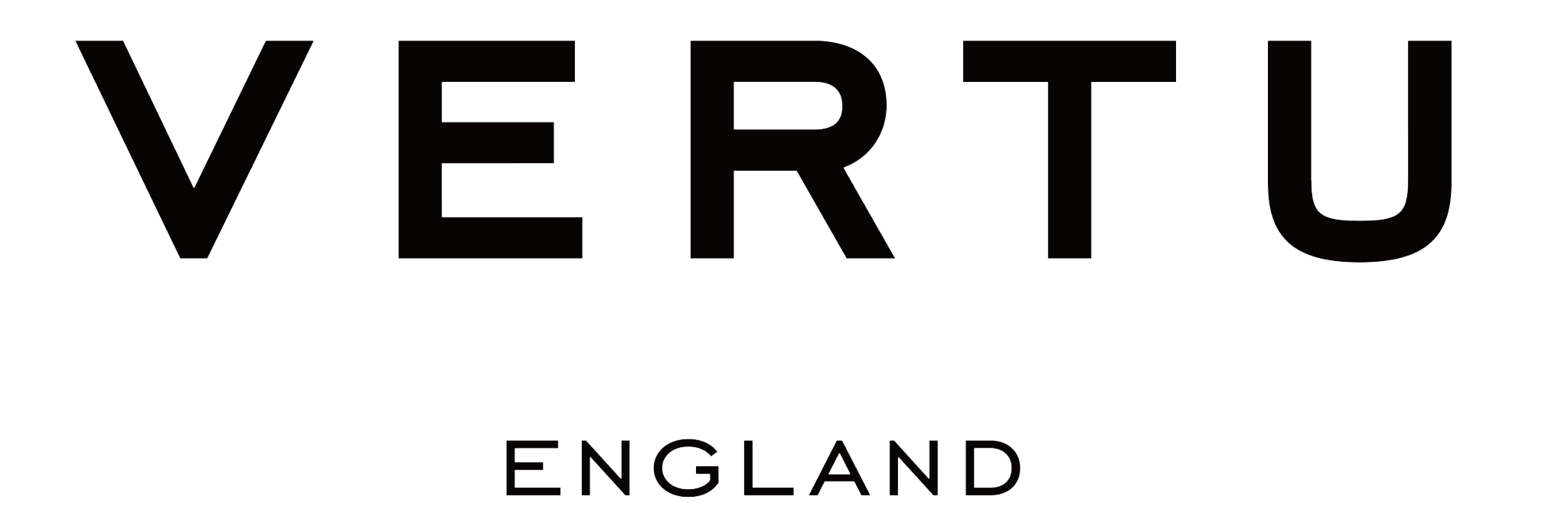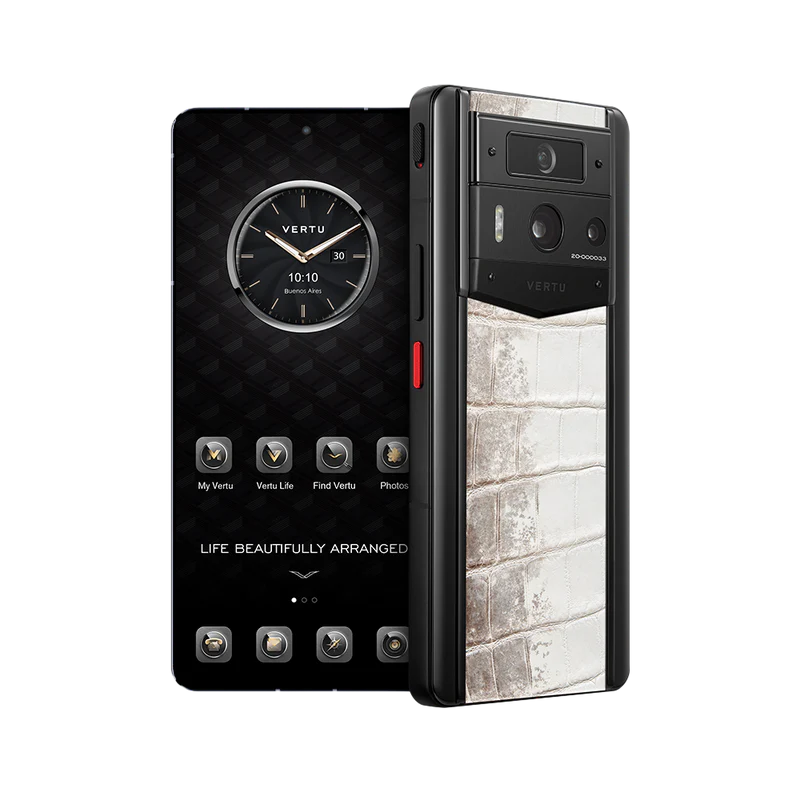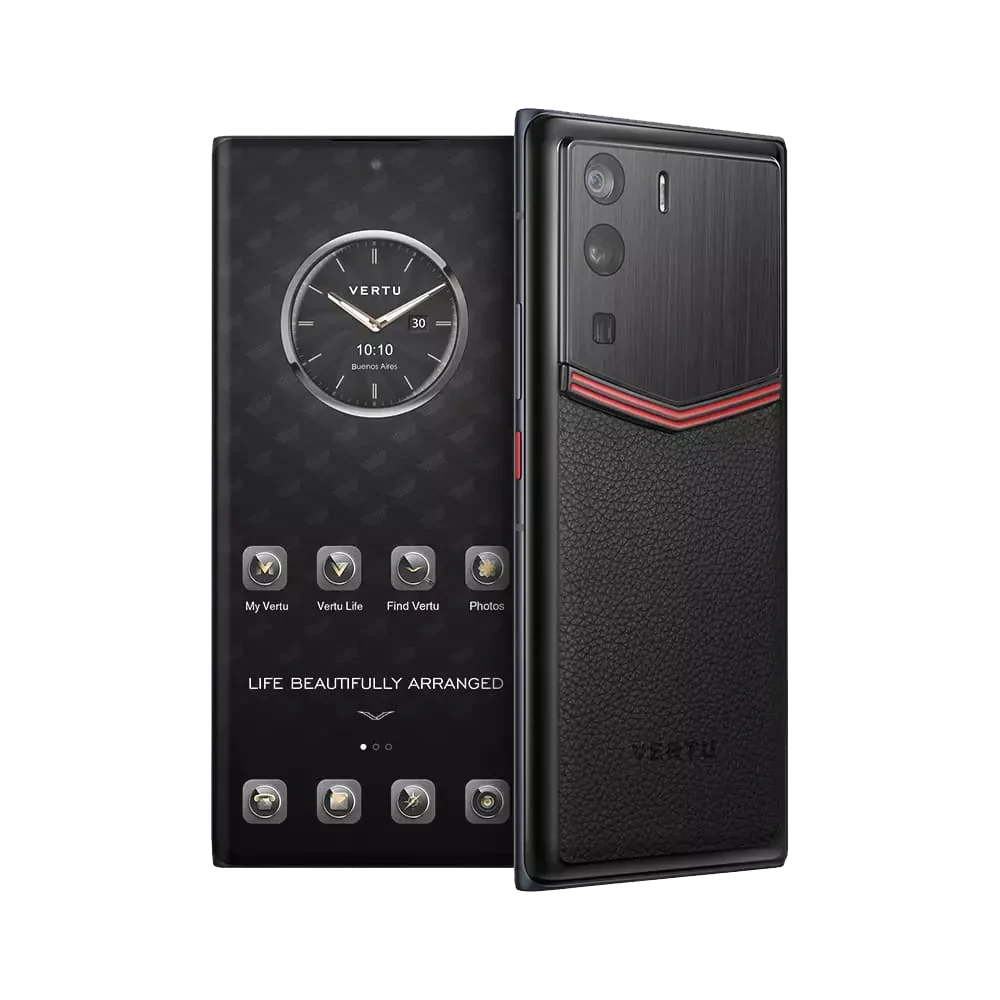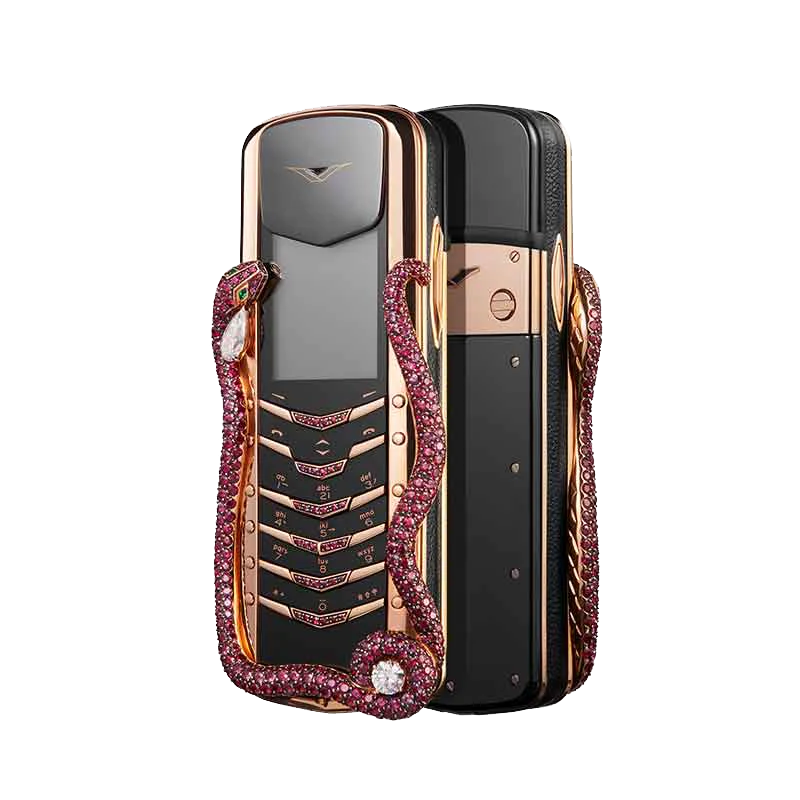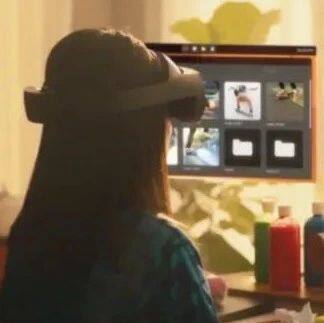Digital twin cities are the mapping of the physical space of a city in the digital space, with data synchronization and collaborative interaction between the digital and physical cities. During the construction process, it maps the city from the physical space to the digital space through data aggregation and modeling rendering. In practical applications, it solves problems in urban planning, management, and services through simulation and interactive control. We believe that the ideal goal of digital twin cities and digital twin natural resource management is to achieve synchronous operation of the physical dimension and the data dimension, and interaction between the virtual and the real.
However, the construction needs of each city are different, and there are significant differences in the final form and application. It can be used for urban statistical monitoring and intelligent management, as well as for urban scene restoration and scenario simulation. Beyond the city, digital twins can also help in natural resource management, with applications in various industries such as water conservancy, electricity, and the environment.
At present, the development of its technology is not as expected, and the progress of downstream application landing is also not as expected. Let’s understand the specific reasons together.

I. Digital Twin Cities: Recreating the Real World and Moving Towards Interaction Between the Virtual and the Real
Digital twins originated in the aerospace and industrial sectors, and were later applied to fields such as construction engineering, natural resource management, and urban governance. With the development and integration of digital twin technology and urban governance, the concept of digital twins has been applied to the construction of smart cities, resulting in the current technology and applications of digital twin cities. According to the definition of the China Academy of Information and Communications Technology, a digital twin city maps the physical space of a city into the digital space, solving urban problems through simulation, monitoring, diagnosis, prediction, and control, achieving synchronous operation of the physical and data dimensions of the city, and interaction between the virtual and the real.
Digital twin cities have their own development paths and application scenarios, and their construction is necessary. There is a need for digital modeling of buildings, transportation, and other aspects in urban management to support analysis and decision-making. Before the emergence of the metaverse concept, the construction of CIM (City Information Modeling) and 3D real scenes was already in progress. The CIM basic platform is led by the Ministry of Housing and Urban-Rural Development, emphasizing the access of building BIM (Building Information Modeling) models and perception data; the 3D real scene of China is led by the Ministry of Natural Resources, and its construction goals include integrating topographic and urban-level geographic information. Although the technical routes are different, both CIM and 3D real scenes emphasize the real-time association and intercommunication between the digital and real spaces, providing a foundation for spatial analysis and urban management applications.
The development of digital twin cities lays the foundation for the metaverse, and the proposal of the metaverse concept promotes the upgrading of digital twin cities. The Shanghai Municipal Government issued the “Shanghai City Cultivating the ‘Metaverse’ New Track Action Plan (2022-2025)”, listing digital twin cities as one of the eight key projects, proposing to collect, manage, and operate urban spatial data through digital twins of urban infrastructure, and then create industry solutions in fields such as tourism and transportation.
Digital twin cities contain a large number of three-dimensional scenes, and their construction itself also accumulates initial experience for the development of the metaverse. The data standards, scene materials, and application solutions accumulated in the construction of digital twin cities can also be reused in the metaverse; while the metaverse proposes relatively cutting-edge concepts and higher technical requirements, its focus on authenticity, interactivity, and richness may drive the development of related technologies and industries, which in turn will impact digital twin cities.
The main technologies of digital twin cities include data acquisition, modeling rendering, simulation analysis, and interactive control.
In the data acquisition phase, manufacturers usually use remote sensing and IoT devices to collect data, and then process and integrate urban spatiotemporal big data. Modeling and rendering transform the city’s geographic information and other multi-source data into realistic 3D models. In the simulation analysis phase, it is usually to simulate or monitor the operation of the city to assist urban planning and operation. Interactive control is based on simulation analysis, automatically controlling the real world according to the analysis results to achieve intelligent urban management.
Figure 1: The operating mechanism of digital twin cities
II. Data as the Foundation, Modeling as the Body, Simulation as the Application
Data: Diversified collection methods, the importance of structured and semantic data is increasing
تغطي البيانات ثلاثة مستويات: الكلي والمتوسط والجزئي، مع مجموعة متنوعة غنية من أنواع البيانات
The data required for a digital twin city spans multiple departments, with different granularities and update frequencies. According to Huawei’s “Digital Twin City White Paper”, the basic data framework of a digital twin city can be divided into three levels based on granularity: macro, meso, and micro. Macro data of the city mainly consists of geographical information، والتي تشمل بشكل أساسي: المعلومات الجغرافية الحضرية الثابتة القائمة على الاستشعار عن بُعد عبر الأقمار الصناعية، والتحديثات الإضافية للمعلومات الجغرافية القائمة على أساليب المسح ورسم الخرائط الجديدة. Meso data of the city is usually classified according to geographical entities, combining geographical information with unique thematic data of the city, including urban and building data, business data of government information systems, and data from communication operators, etc. Micro data of the city includes various IoT scenarios. Geographical information and other main data are static data describing the city, but to achieve real-time mapping and virtual-physical interaction, a large amount of dynamic data is also needed, which is often collected through the Internet of Things.
Figure 2: Data system architecture of the digital twin city
Multi-source Data Collection: Evolving from aerial photography to oblique photography, LiDAR scanning, and IoT sensing.
The data involved in digital twin cities is diverse in levels and types, and the methods of collection are constantly upgrading. Satellite and aerial photogrammetry, oblique photography, LiDAR, and IoT terminal data collection are the main data collection methods. The advantage of satellite and aerial photogrammetry lies in its wide coverage and high data resolution, which allows for rapid data acquisition. However, there may be serious occlusion issues when using this method for 3D modeling. Compared to traditional vertical photography, oblique photogrammetry can obtain additional textures of building tops and sides, as well as the outline and elevation information of the buildings. LiDAR can generate high-density, high-precision point clouds, accurately calculating the three-dimensional coordinates of the collected objects. IoT terminals assist in accessing a large amount of dynamic data. Currently, the data collection methods of digital twin cities are evolving from aerial photography to oblique photography, LiDAR scanning, and IoT sensing.
الرسم البياني 3: لمحة عامة عن مختلف طرق جمع البيانات المستخدمة في المدن الرقمية التوأم.
Chart 4: Schematic diagram of aerial photogrammetry, oblique photography, and LiDAR principles
Data Fusion: يتم تسليط الضوء بشكل متزايد على أهمية دلالات البيانات والمعالجة المنظمة.
The significance of data structuring and semanticization is on the rise. Although technologies such as oblique photography and LiDAR can quickly obtain large-scale 3D maps, from the perspective of urban computing and intelligent analysis, these models are still considered unstructured data, which cannot be recognized by computers, thereby limiting the realization of complex analysis functions in digital twin cities. Therefore, it is necessary to utilize semanticization techniques to extract structures and attach attributes for various types of data. The specific technologies mainly involve: multi-modal and multi-scale spatial data intelligent extraction technology, semanticization technology, deep learning technology, etc.
Chart 5: Data is processed in a monolithic and semanticized manner for operation.
Data encoding requires a unified standard, and the relevant data standards are currently in the development process. Physical entities need unique encoding to achieve a one-to-one correspondence with the digital world, and to ensure that the encoding from different manufacturers can be compatible with each other and avoid redundant construction, the importance of unified standards has increased. Data category standards are an important part of the digital twin city, which stipulates the expression, processing, application, and services of data in the city’s digital twin. At present, in the data fusion area, some standards have been established for the encoding, collection, and sharing of data; however, the standards for data resources, management, and services are still in the development process. We believe that data encoding standards and the technology of data structuring and semanticization enable the digital twin city to transition from being readable by the human eye to being analyzable by machines, although these technologies are still in the development and research stage, their importance is continuously increasing.
Chart 6: Details of Urban Digital Twin Data Category Standards
Modeling and Rendering: Game engines focus on visual effects, while GIS engines focus on spatial analysis, and the two are showing a trend of integration.
Modeling belongs to a part of the broad data production process, and the integration and rendering of models are the main functions provided by the digital twin platform.
1) مرحلة النمذجة: Larger-scale terrain models can be obtained through computer cartography or remote sensing image processing; smaller-scale building and urban facility models have diverse sources, which can be established by processing three-dimensional data such as oblique photography and laser point clouds into individual and semantic models, or converted from CAD or BIM data, or implemented through parametric modeling;
2) مرحلة التكامل: تُدمج النماذج من مصادر مختلفة في نموذج حضري ثلاثي الأبعاد على أساس الموقع الجغرافي;
3) مرحلة التقديم 3) مرحلة التقديم: Textures, colors, and lighting information are added to the three-dimensional model to output urban 3D images. Current digital twin platforms, including GIS software, game engines, and visualization software, all provide functions for model integration and rendering, but each has its own focus due to different attributes.
Figure 7: The process of urban three-dimensional modeling visualization.
يمكن تقسيم محركات النمذجة والعرض المستخدمة في المدن الرقمية التوأم بشكل أساسي إلى ثلاث فئات: game engines, GIS engines, and industrial engines. At present, the modeling and rendering engines mainly used in the field of urban digital twins can be roughly divided into several categories – تركز محركات نظم المعلومات الجغرافية على معالجة المعلومات الجغرافية، مع حالات نموذجية مثل السيزيوم; game engines focus on improving rendering effectsالمتمثلة في UE و Unity وغيرها; تركيز منصات النمذجة الصناعية على المحاكاة وتحليل المحاكاة, such as Dassault Systemes 3DEXPERIENCE, etc. Compared with the industrial and entertainment fields, the uniqueness of urban digital twins lies in their demand for geographical information and BIM data. In the current construction cases of digital twin cities, game engines and GIS engines are more widely used, and these two types of engines also show a trend of integrated development.
Chart 8: Comparison of main digital twin visualization engines
Game Engine: Excellent real-time rendering capabilities, rich supporting resources, and improved support for various types of data.
محرك Unreal Engine (UE) is a widely used engine in the construction of digital twin cities, with its advantages lying in realistic real-time rendering capabilities, which can achieve realistic restoration of the appearance of cities and buildings.
UE is a game engine under Epic Games, which is not only used in the gaming field but also has a wide range of applications in architecture, transportation, simulation training, and other fields. According to a survey by CGarchitect, in 2020, 52% of architects would use the Unreal Engine to create real-time projects.
The main applications of UE in the field of digital twins are focused on the digital twins of cities, parks, and airports. UE has the following technical advantages in the field of architectural visualization:
► مؤثرات عرض ممتازة وموارد داعمة غنية. UE has excellent rendering effects, with the virtual micro-polygon geometry Nanite, which can import highly detailed CAD models, and even import city-scale scanning data. The dynamic global illumination solution Lumen can render scenes and lighting changes in real-time, achieving visual effects similar to those required for offline rendering in just a fraction of the time. In addition, it has rich supporting resources, with its 3D scanning application RealityScan, which facilitates developers in scanning and building their own required 3D models, expanding modeling and UV tool sets, and allowing developers to adjust imported models in the UE engine, such as changing the length, height, and number of steps of a staircase.
► Supports various types of data access, with enhanced support for GIS. The Datasmith plugin can import models located in 3ds Max, Revit, SketchUp Pro, Rhino, Cinema 4D, or other CAD, BIM, and DCC solutions into the Unreal Engine, and can continue to be modified in the engine. UE4.25 officially supports point cloud import and provides functions such as editing and collision analysis. The support for GIS has also been improved, with top GIS vendors such as SuperMap and ESRI releasing their own Unreal plugins.
► Supports collaboration and sharing. Unreal Engine supports multiple file formats to facilitate the integration of design data from different sources and authors. It supports a multi-user editing system, allowing for faster iterations by sharing designs with other stakeholders during collaborative reviews. At the same time, it provides various presentation methods such as VR, video, panoramic photos, and 360-degree videos, providing convenient and diverse methods for promoting digital twin cities.
Chart 9: Display of Unreal Engine’s real-time graphics capabilities and rich supporting resources.
GIS Engine: It has outstanding capabilities in spatial data access and processing, and its visualization capabilities are continuously improving.
Cesium and other 3D GIS engines have excellent spatial data processing capabilities when applied to the development of digital twin cities. Cesium was released by the aviation software company AGI in 2012 and has now become one of the most popular open-source 3D GIS projects. Some front-end 3D versions of GIS manufacturers are also developed based on the Cesium engine. As a GIS engine, Cesium can access and process different formats of data such as imagery, terrain, and vector data, and can also perform 3D spatial analysis, such as calculating the excavation and filling volume of design models. Cesium has created a data standard specifically for the transmission and rendering of 3D geospatial data – 3D Tiles. In terms of visualization, Cesium performs real-time rendering on the web page, and the visual effect is relatively poor, but it can import into the UE engine through the Cesium for Unreal plugin to construct more exquisite real-world simulations.
Chart 10: Functional display of Cesium engine in the field of digital twin cities.
يشير تطوير Cesium و UE إلى اتجاه التكامل المتبادل بين محركات نظم المعلومات الجغرافية ومحركات الألعاب في مجال المدن الرقمية التوأم.
◄ محركات الألعاب لديها عرض محسن للمشاهد الكبيرة مثل المدن.
1) The Large World Coordinates (LWC) feature supports 64-bit floating-point precision, expanding the range of supported scenes;
2) Geographic reference plugins allow developers to associate the positions of objects in UE with their physical space locations;
3) يقسم نظام التقسيم العالمي العالم إلى شبكات، مما يضع الأساس لإنشاء مشاريع على نطاق المدينة.
►GIS engines have introduced plugins to enhance visual effects, expand data formats, and strengthen interaction. Many GIS engines have launched UE plugins. Taking Cesium for Unreal as an example, this plugin, placed in the UE engine, can import 3D Tiles format three-dimensional data from Cesium into the UE engine for visualization. Imported models can also interact with other objects in the UE engine; at the same time, Cesium announced an expansion of the 3D Tiles data format. The future 3D Tiles Next standard will be highly semantic, allowing for more intelligent simulation interactions with its environment.
Chart 11: Cesium Data Transfer Illustration
Simulation: Simulation calculation and data mining assist in urban operation decisions.
Simulation calculation refers to the simulation and numerical calculation of the physical characteristics of the modeling object in the real world. This technology was mainly applied in special and aerospace fields in the early stages, and has now been widely used in industrial production, simulation testing and other fields.
Compared with industrial production and other fields, simulation in digital twin cities has its own characteristics:
1) على نطاق واسع, digital twin cities are not only aimed at a specific object or event, but need to comprehensively analyze data in various fields on the scale of the entire city, and deduce development trends through cross-domain causal interaction analysis;
2) Data-driven in real-time, the real-time nature of traditional simulation is limited, and it is often based on historical data for deduction. In the current digital twin cities, a wide range of IoT sensors can collect real-time data required by the model, and dynamically optimize the simulation results based on this;
3) Cloud-based, large-scale, multi-dimensional data simulation and real-time analysis and optimization all require more sufficient computing power support. We believe that the cloud-based simulation of digital twin cities may become a development trend.
Chart 12: City-level simulation spans multiple fields.
الرسم البياني 13: أوضاع عمل المحاكاة في الوقت الحقيقي
Mining data collected in digital twin cities can assist in urban operation decision-making and support the application of smart cities. Currently, some digital twin cities focus more on three-dimensional modeling of cities, and real-time data is not utilized for prediction in many actual cases.
However, if further analysis and prediction are not carried out, the three-dimensional data and real-time data accessed in digital twin cities will face severe waste. According to statistics from Alibaba Cloud Research Center, the total amount of video data recorded by all cameras in a city is equivalent to 100 billion images, and it would take more than 100 years for a person to watch them all. A huge amount of video data is “sleeping,” and less than 10% can be accessed by supervisors. Because of the large amount and complex types of data, digital twin city analysis requires the application of data mining, deep learning, self-optimization, and other technologies in the field of artificial intelligence. Among them, technologies such as computer vision, natural language processing, and biometric recognition can structure non-structured data such as speech, text, images, and videos, preparing for subsequent analysis. Knowledge graph technology can extract the connections between data and data to discover the laws of urban operation and make in-depth reasoning possible.
Chart 14: Examples of the use of intelligent prediction in various stages of digital twin cities.
Development Trend: Analysis and prediction, and intelligent interaction capabilities are expected to be enhanced.
In the early stages of the development of digital twin cities, its applications were mainly limited to mapping the city’s image and displaying internal city data. Currently, it has been advancing towards simulation and interaction between the virtual and the real world. In terms of analysis and prediction, simulation and data mining technologies have been applied in some benchmark projects, such as digital twin projects that have simulation functions for pedestrian and traffic flows, used to simulate different crowd control measures under different passenger flows and different traffic management methods. Intelligent interaction is also the same, both the user side and the development side have already had some interactive practices of digital twin cities.
For example, digital twin manufacturers target customers’ workflow and business needs, and unify the management of monitoring equipment. The system has the capability of remote inspection, automatic early warning, and fault analysis, which has truly improved the efficiency of inspection. We believe that simulation analysis and reverse control are one of the development trends of digital twin cities, and future applications will be richer and more mature. For example, the main cases of automatic control in digital twin cities at present are still monitoring smoke sensors, temperature, video monitoring and other types of sensors, and issuing alarms when data anomalies occur. However, manual processing is still required, and the ability of digital twin city systems to solve problems independently needs to be improved.
III. Urban Governance, Resource Management, and Wide Application
Digital Twin City technology has a wide range of applications in urban and natural resource management fields and has already achieved rich functionality. Digital Twin Cities currently have many application cases both domestically and internationally, which can be implemented in real cities to assist urban planning and management, as well as applied in fields such as water conservancy, electricity, environment, and agriculture to support natural resources and energy management. Functionally, it has multiple capabilities such as building and environmental display, data statistics monitoring, and data analysis simulation.
Overseas Digital Twin City Cases: Integrating multiple functions such as urban management, landscape reproduction, and data analysis
1TP15سنغافورة الافتراضية: The world’s first Digital Twin City with many intelligent analysis applications
Virtual Singapore is the world’s first city digital twin platform, integrating building semantic information and carrying static and dynamic data in multiple fields. The project was launched in 2015, jointly created by the Singapore government and Dassault, and was opened to the public in 2018. In three years, the Singapore government has invested a total of $73 million, accumulating 50TB of data. In 2020, in the Smart City Index released by IMD, Singapore ranked first among 109 cities worldwide, demonstrating the effectiveness of digital investment.
The Virtual Singapore platform performs precise 3D modeling of the city, integrating and displaying the semantic information and geographical location information of buildings. The platform can use this information for more advanced simulation and analysis. In addition, the platform carries static, dynamic, and real-time data in various fields such as population, mobility, and climate, and summarizes information from both public and private sectors. The rich data makes Virtual Singapore an integrated platform for urban applications [10], and the platform has rich functions in the fields of urban environmental simulation, planning, and management decision-making.
Figure 15: Some applications of the Virtual Singapore platform
1TP15 هلسنكي الافتراضية: Focuses on realistic reproduction of buildings, mainly used in the tourism and entertainment fields.
Virtual Helsinki focuses on realistic scene reproduction and provides an immersive city VR experience. The project was launched in 2015 and released in 2018, built by Finnish developer Zoan based on the Unreal Engine and open data from the city of Helsinki. The platform combines 3D scanning models, building photos, and manual modeling to achieve a fine reproduction of details.
On the Virtual Helsinki platform, visitors can move freely and participate in concerts, exhibitions, meetings, and events, and even visit Helsinki at the beginning of the 20th century to relive historical events. Under the circumstances where the COVID-19 pandemic has hindered offline gatherings, the Virtual Helsinki platform has demonstrated the possibility of hosting virtual events. In April 2020, more than 1.4 million virtual viewers watched a concert by the Finnish band JVG on the platform.
الرسم البياني 16: تأثير النمذجة VR قريب جدًا من المشهد الفعلي.
1TP15تيرتشوال ولينغتون: يركز على إحصاءات البيانات وعرضها لمساعدة السكان على المشاركة في صنع القرار العام.
The digital twin of New Zealand’s capital, Wellington, focuses on data aggregation, statistics, and presentation to assist in public decision-making. This project was produced by Buildmedia using UE, and the platform integrates various data from government and non-governmental organizations, including sensors, geospatial, architectural, infrastructure, and online data, which can be used by the government and relevant institutions for urban planning and data statistics, and can also be accessed online by residents.
A large amount of traffic-related data has been aggregated in the Wellington digital twin for residents and government departments to view. The aggregation of data to the digital twin platform not only ensures the consistency of the data obtained by the government, institutions, and residents, but also enables all parties to collaborate in updating the data. بالإضافة إلى ذلك، يمكن أن يدعم النموذج مشاركة المواطنين في التخطيط العام.
Chart 17: Some applications of the Wellington Digital Twin Platform.
Digital Twin Natural Resource Management: The industry is widely distributed, and the monitoring and management functions are prominent.
Water Conservancy: يتطور بناء أحواض الأنهار التوأم الرقمية بسرعة في ظل تعزيز السياسات.
The construction of digital twin river basins, as the core and key to promoting the construction of smart water conservancy, has been highly valued by the Ministry of Water Resources. The Ministry of Water Resources has been intensively introducing policies related to the construction of digital twin river basins since November 2021, successively clarifying the goals, concepts, and technical standards of digital twin river basin construction, and launching pilot schemes. The digital twin river basin is currently in the planning and construction stage, but there are already examples of the application of digital twins in the field of water conservancy in smaller areas such as lakes or cities. By using digital twin technology to build a one-map water affairs system, it is possible to achieve unified management of natural water systems and urban pipelines, and to achieve intuitive visualization of multi-source data.
Chart 18: Important policies of the Ministry of Water Resources on the construction of digital twin river basins.
Electric Power: Digital Twin plays a role in the entire process of generation, transmission, transformation, distribution, and consumption.
Digital Twin can be used for complex power grid scenarios by creating a virtual space to simulate the production process, thereby identifying and analyzing how to complete the work more efficiently and safely. It has great potential for application in the entire process of generation, transmission, transformation, distribution, and consumption. Taking the Southern Power Grid as an example, according to the data from the Southern Power Grid’s “Digital Power Grid Practice White Paper”, the Southern Power Grid has completed the digital twin of the main network at 110kV and above, with an accuracy rate of 99% for the coordinates of 760,000 tower bases and 4,794 substations; in addition, it also includes about 15,000 kilometers of “Eight AC and Eleven DC” direct current lines for the West-to-East Electricity Transfer, about 7,000 kilometers of overhead transmission lines at 35kV and above for the Foshan Power Supply Bureau and the Shantou Power Supply Bureau, as well as the three-dimensional digital twin of 19 pilot substations.
Chart 19: The application of Digital Twin in various stages such as generation, transmission, transformation, distribution, and consumption of the Southern Power Grid.
Environment: Supports urban carbon emission detection and environmental protection facility operation.
Digital twins can also be applied to environmental protection and help reduce carbon emissions. Using digital twin technology, dynamic assessment and refined management of carbon emissions in different areas and industries of a city can be realized. For example, Tencent provides a complete digital twin solution for the dynamic assessment and management of carbon emissions in Beijing. Taking transportation as an example, by processing data from cameras and other sensors, digital twin technology can evaluate traffic congestion and carbon emission situations, and simulate different traffic control schemes in the cloud to improve traffic efficiency and reduce energy consumption, bringing a better travel experience while being low-carbon. It supports carbon emission management and accounting, and can distinguish spatiotemporal detail characteristics to assist in the effectiveness evaluation of various measures.
Figure 20: Overview of Digital Twin Carbon Emission Management Platform.
Chart 21: Analysis of the Driving Forces of the Digital Twin Carbon Emission Management Platform
Agriculture: Development is still in the early stages, providing operational suggestions to non-living entities such as farms through digital twins.
The application of digital twin technology in agriculture is still in the initial stage of exploration, with a wide range of applications, but most are still at the conceptual and theoretical model stage. The objects of agricultural digital twins include non-living entities such as livestock sheds, as well as living entities such as cultivated land and animals. Most agricultural digital twins are aimed at farmlands, farms, landscapes, and buildings, while digital twins of active plants, agricultural products, and supply chains are relatively less common.
The actual deployment cases of digital twin agriculture are often to monitor orchards or farms and collect relevant indicators combined with algorithms to provide suggestions for planting operations. For example, the Italian Agricolus agricultural platform integrates various types of data such as geographical information, soil moisture, weather forecasts, and crop operations, and provides planting suggestions based on this, as well as task collaboration functions within the farm. This platform was initially applied to olive trees and is now widely used in olive cultivation areas, and has been expanded to other crop varieties.
Figure 22: Functions of the Agricolus Olive Planting Digital Twin Project
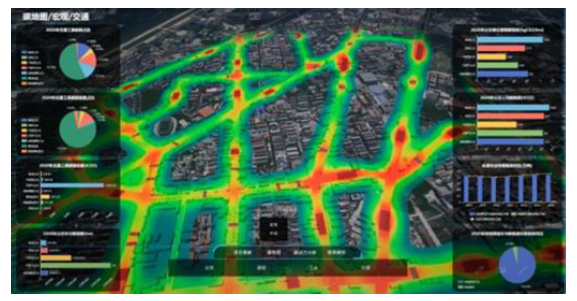
IV. Supporting the Foundation of the Metaverse and Leading Technological Upgrades with Concepts
The technology and rules accumulated in digital twin cities can be replicated in the metaverse.
In recent years, departments such as the Ministry of Natural Resources and the Ministry of Housing and Urban-Rural Development have continuously issued policies related to digital twin cities. The Ministry of Natural Resources and the Ministry of Housing and Urban-Rural Development have successively issued a series of policy standards and technical guidelines, which have clearly depicted the basic principles, data standards, and task division for the construction of actual three-dimensional and City Information Modeling (CIM). In March 2021, the “14th Five-Year Plan” for national development proposed the exploration and construction of digital twin cities, providing policy support for the development of digital twin cities. Driven by relevant policies and demands, we believe that digital twin cities are expected to continue to develop, and the accumulated technology and rules may pave the way for the development of the metaverse.
In terms of technology, the metaverse needs to be built on a solid infrastructure. Digital twin cities and natural resource management require high-concurrency infrastructure to enable real-time inquiries, analysis, and management functions for residents and city managers. The technology accumulated in digital twin cities may be transferred to the metaverse. In terms of rules, digital twin applications need to integrate underlying standards and protocols, and practical applications are also continuously accumulating samples of social operation rules. We believe that digital twin applications at this stage are conducive to the accumulation and improvement of metaverse rules.
The metaverse emphasizes realistic effects and puts forward higher requirements for modeling and rendering capabilities. Digital modeling engines are an important underlying infrastructure for the realization of the metaverse, but the current development level of 3D modeling engines is still far from the ideal real-time high-quality modeling simulation and instant interaction requirements of the metaverse. The underlying modeling technology will continue to be driven to improve.
The metaverse emphasizes interactivity and puts forward higher requirements for the interaction between the virtual and the real. At present, digital twin cities have been able to achieve some basic interactive functions. For example, the Virtual Singapore platform can simulate new facilities for urban planning and construction and analyze their impact on nearby traffic and other facilities, plan better supporting facilities, and share urban construction plans with residents to facilitate the implementation of the plan and solicit residents’ opinions. We believe that the development of the metaverse will put forward higher requirements for virtual and real interaction technology and its supporting scenarios.
The metaverse emphasizes richness, gradually increasing the complexity of digital twin objects and dimensions. In terms of objects, digital twins have evolved from initially targeting aviation and industrial design to now targeting the simulation of digital factories, regional transportation, and natural resources, with gradually increasing complexity. In terms of dimensions, taking Virtual Helsinki as an example, the digital twin system initially only replicated local attractions on a 1:1 scale, but later introduced simulations of the same attraction at different historical stages, achieving digital twins in multiple time dimensions. Under the guidance of concepts and joint construction by all parties, we expect that more companies of digital asset productivity types will emerge.
Chart 23: The current status and trends of objects simulated by digital twins

The rapid development of the metaverse will put forward higher requirements for underlying technical capabilities, while simultaneously creating more application scenarios and dimensions of use. Digital twins are expected to be driven by the metaverse and achieve significant development in terms of model precision, scenario scope, and application depth.
The key points for the construction of future digital twin cities include:
1) In the data fusion stage, semantic processing of spatial data is carried out on an individual basis, and a unified standard for data fusion is established;
2) In the modeling and rendering stage, a balance between geographic information analysis and visual effects is achieved;
3) In the application stage, the precision and depth of the application are improved, and simulation analysis and reverse control of specific equipment and rich scenarios are realized. In the ideal vision, the digital twin city corresponds one-to-one with the real world, connected by real-time data. The simulation analysis results in the twin city are fed back into the real world, laying the foundation for the construction and management of cities in the metaverse.
Chart 24: Examples of application scenarios with different model precision and depth.
الرسم البياني 25: طيف صناعة المدينة المزدوجة الرقمية
Digital Twin Cities and Natural Resource Management are in the early stages of development, with the main application being physical visualization. Currently, the demand for applications has been upgraded, and manufacturers’ product functions are evolving towards simulation, interaction between virtual and reality, and have put forward higher requirements for capabilities such as analysis, prediction, and reverse control. There may be a risk of technological development not meeting expectations in the short term.
At present, the construction of Digital Twin Cities and resource management are mostly government-led and are still greatly influenced and driven by policies. The application of various industries is still in the stage of increasing penetration rate, and the profit model still needs to be explored and improved, which may lead to a slow risk of technology application implementation.
